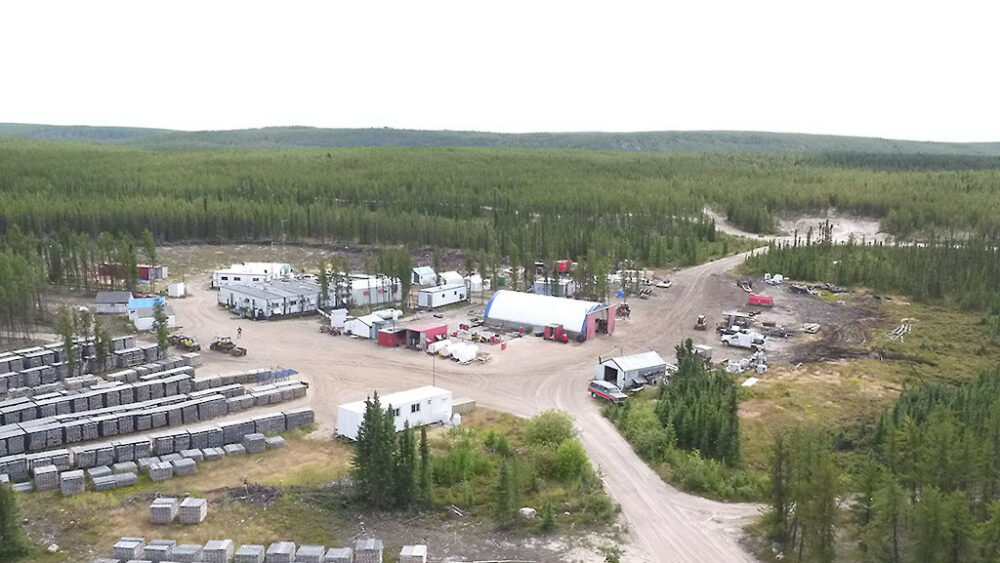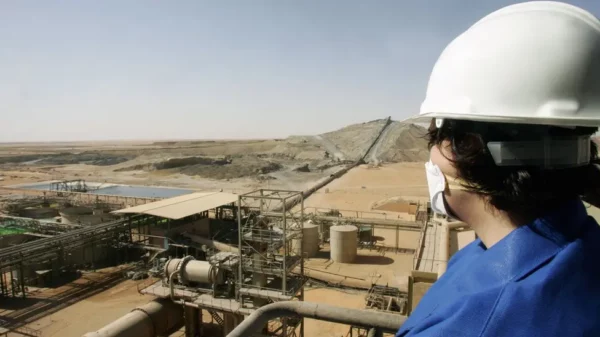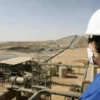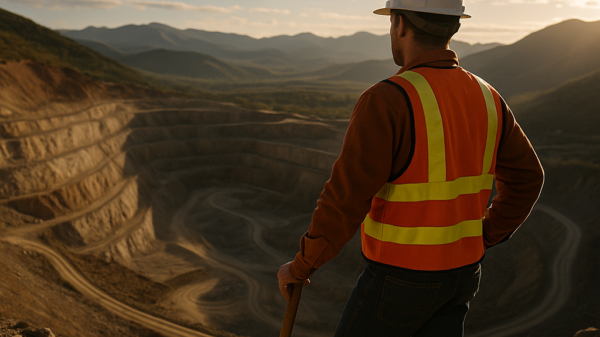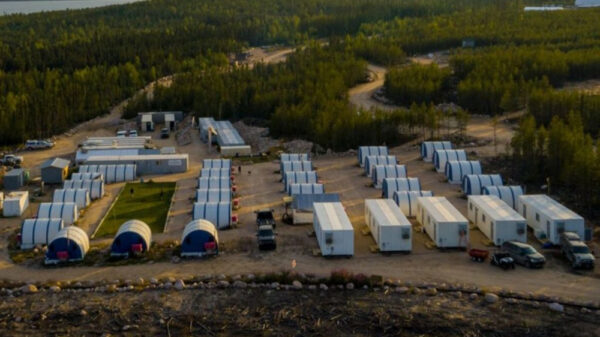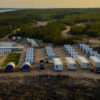Denison Mines Corp. (TSX: DML) (NYSE: DNN) reported the results of its feasibility study completed for in-situ recovery (ISR) mining at its high-grade Phoenix uranium deposit in the Athabasca Basin in Saskatchewan.
The company also announced on Thursday the completion of a cost update to the 2018 pre-feasibility study for its Gryphon uranium deposit.
Denison’s Phoenix In-Situ Recovery (ISR) project at the Wheeler River Uranium Project shows strong financial prospects. The base case pre-tax net present value (NPV), which is the project’s estimated profit in today’s dollars, has increased by 150 per cent since the 2018 Pre-Feasibility Study (PFS), and now stands at $2.34 billion. The project’s forecasted pre-tax internal rate of return (IRR), which measures the expected profitability, is 105.9 per cent.
After considering taxes, the project’s NPV is $1.56 billion when discounted at an 8 per cent rate. Given Denison’s 95 per cent ownership in the project, its share of this after-tax NPV equals $1.48 billion.
Additionally, the project’s production plan has been improved, with a projected 43 per cent increase in the production rate for the first five years. The initial costs to start the project, known as pre-production capital costs, are expected to be less than $420 million.
Also, the plans for the Phoenix project meet and even surpass the environmental standards needed for regulatory approval. Further, the project’s updated mineral resource estimate, which is the amount of uranium it is expected to produce, reflects the positive results of activities undertaken to reduce risks associated with ISR and to better define the resource.
Read more: Skyharbour Resources to acquire Athabasca Basin uranium project from Denison Mines
Read more: Uranium Energy Corp secures $18M supply agreement with U.S. government
Phoenix study and Gryphon update confirm economics of two projects
Measured mineral resources have been upgraded by 30.9 million pounds U3O8, while the Zone A high-grade domain now contains 56.3 million pounds U3O8 in Measured and Indicated mineral resources, at an average grade of 46.0 per cent U3O8.
The proven mineral reserves have also seen an upgrade, with 3.4 million pounds U3O8, representing 85 per cent of the planned production for the first calendar year of operations.
According to David Cates, Denison’s president and CEO, the Phoenix feasibility study and Gryphon update confirm the economics of the two projects, producing base-case after-tax net present values (NPV) of $1.6 billion and $0.9 billion respectively.
“After 4.5 years of rigorous technical de-risking and independent third-party validation, Phoenix has cemented its position as one of the lowest-cost uranium development projects in the world,” Cates said.
“Notably, despite the considerable capital cost pressures experienced by the global mining industry over the last two years, the economics of a Phoenix ISR mining operation remain exceptionally robust – producing an improvement in projections of NPV and IRR, when compared to the 2018 PFS, as a result of favourable design changes and optimizations.”
Denison operates the Wheeler River Uranium Project, which encompasses Phoenix and Gryphon. This project is located in the infrastructure-rich eastern part of the Athabasca Basin region in northern Saskatchewan, Canada.
Wheeler River is recognized as the largest undeveloped uranium mining project in the area. Denison holds 95 per cent ownership interest in Wheeler River and serves as the project operator.
The Phoenix FS provides independent third-party validation for selecting the ISR mining method for Phoenix. It builds upon the findings of a multi-year technical de-risking process, which included the successful completion of the leaching and neutralization phases of the Phoenix Feasibility Field Test in late 2022.
With the technical de-risking phase mostly completed, Denison has made significant progress in the front-end engineering design efforts to support the advancement of the planned Phoenix operation. The company is on track to transition into detailed design efforts before the end of the year. These steps signify a successful transition from the de-risking phase to the next stage of the project’s development.
Read more: American Lithium to spin-out Peru uranium project into separate company
Read more: CanAlaska Uranium starts $10M winter drill program in Athabasca Basin
Athabasca Basin is home to the biggest uranium deposits in the world
The Athabasca Basin in Saskatchewan, Canada, is home to some of the world’s largest and highest-grade uranium deposits. The high-grade uranium deposits found here are substantially richer than most other uranium mines around the world. Therefore, while the Athabasca Basin may not contain the largest total quantity of uranium globally, the extremely high grade of its deposits makes it one of the world’s most important sources of uranium.
Forum Energy Metals (TSXV:FMC) and Traction Uranium (CSE:TRAC) completed airborne electromagnetic and radiometric surveying over Forum’s Grease River Project in the basin on Wednesday.
The claims stretch over 105.2 square kilometres along the Grease River Shear Zone. To execute this survey the companies used a specially designed Xcite Time Domain Electromagnetic System from New Resolution Geophysics. The survey covered a total distance of 1,353 line-kilometres.
Furthermore, earlier this week Cosa Resources Corp. (CSE: COSA) acquired the Orbit uranium exploration property in the basin.
Cosa Resources owns the 6,669-hectare Orbit project, which includes four kilometres of a reactivated graphitic structural trend and shows uranium signs, with drilling results indicating 0.07 per cent uranium over 0.2 metres within altered graphitic faulting. This acquisition, secured via low-cost staking and without any encumbrances, expands Cosa’s uranium exploration portfolio to 147,347 hectares in the highly promising Athabasca Basin Region of Saskatchewan.
In April, Skyharbour Resources Ltd. (TSXV: SYH) (OTCQX: SYHBF) (FSE: SC1P) acquired the South Dufferin Uranium Project from Denison. The mines are a 30,349-acre area in the Athabasca Basin with over nine uranium claims.
Skyharbour has one of the largest portfolios in the basin with over 24 different properties.
.
Follow Joseph Morton on Twitter
joseph@mugglehead.com

